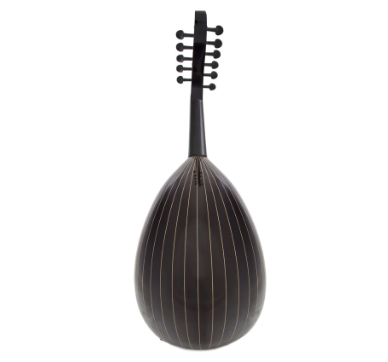The saz, often referred to as “bağlama,” is a traditional stringed instrument that holds a special place in the heart of Turkish culture and music. With a history that spans centuries, the saz has played an integral role in shaping and preserving the musical traditions of Turkey. In this article, we’ll explore the saz instrument, its role in crafting the unique sound of Turkish traditions, and its enduring significance in the world of music.
The Essence of the Saz:
The saz is characterized by its distinctive design, featuring a pear-shaped body and a long neck. It typically has seven strings, though variations with as many as fourteen strings exist. The instrument’s design is elegant in its simplicity, and it plays a pivotal role in the creation of the rich and resonant sound that is synonymous with Turkish music.
A Timeless Tradition:
The saz has a history that reaches deep into the heart of Turkish culture. Its origins can be traced back to ancient Central Asia, and it has evolved over the centuries to become an integral part of Turkish musical traditions. The saz’s role in preserving and passing down Turkish folklore and cultural heritage is immeasurable.
Versatility and Influence:
One of the most remarkable features of the saz is its versatility. It has left an indelible mark on various musical genres, from classical compositions to folk songs. Its ethereal and evocative sound has influenced countless musicians and composers, making it a cherished instrument for those who appreciate its mystical allure.
A Bridge Between Past and Present:
While the saz is deeply rooted in tradition, it has not remained stagnant. Contemporary musicians continue to explore its potential, pushing the boundaries of creativity and incorporating its unique sounds into modern compositions. The saz serves as a bridge between the past and the present, allowing us to experience the magic of centuries-old musical traditions in the modern age.
Cultural Resonance:
The saz’s resonance extends far beyond the boundaries of Turkey. Its enchanting melodies and distinct sound have gained recognition and admiration worldwide. The saz’s ability to evoke emotions and tell stories through its music transcends language and cultural barriers, making it a universal instrument that resonates with people from all walks of life.
In short, the saz Instrument is a living testament to the power of music in preserving and shaping cultural traditions. Its rich history, versatility, and cultural resonance make it a vital component of Turkish traditions and a treasure for music enthusiasts worldwide. The saz continues to craft the unique sound of Turkish culture, bridging the past and present, and serving as a symbol of the enduring beauty of ancient musical traditions.



